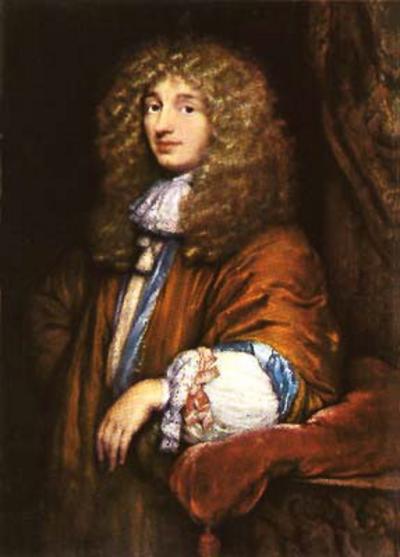|

Because of Newton's fame and reputation, many scientists of the seventeenth and eighteenth centuries subscribed to the view that light was a particle. Robert Hooke, already a rival of Newton's and the scientist who would identify and name the cell in 1655, was a proponent of the wave theory. Hooke and others, most notably the Dutch scientist Christian Huygens (pictured at left), believed that refraction occurred because light waves slowed down as they entered a denser medium such as water and changed their direction as a result. These wave theorists believed, like Descartes, that light must travel through some material that permeates space. Huygens dubbed this medium the aether.
The wave theory of light received a major boost at the beginning of the nineteenth century from an English scientist named Thomas Young. On November 24, 1803, Young stood before the Royal Society of London to present the results of a groundbreaking experiment. He had devised a simple scheme to see if light demonstrated a behavior particular to waves: interference. With the observation of interference, Young demonstrated conclusively that light was able to bend around obstacles in contradiction to Newton's belief. In the face of this compelling evidence, nineteenth-century scientists had to concede that light was a wave. This happened slowly, though, hampered by Newton's reputation and the legacy of his corpuscular theory.
|